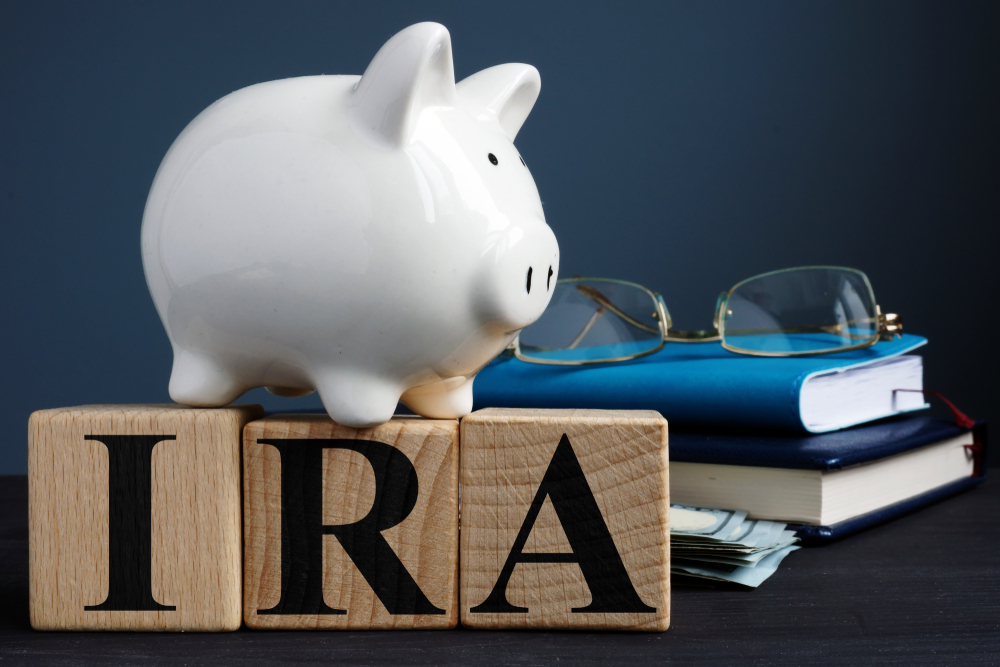CDs (Certificates of Deposits) are a great way to give your savings a boost – without taking on the risk of investing in the market. Have you heard of an add-on CD? Have you heard of a CD ladder? Let’s take a look at these different ways to add another level to your CD accounts.
But First
What is a traditional CD? Traditional CDs are what most people think of when they hear the term “CD”. You put your money in an account for a pre-determined fixed amount of time. You earn a fixed interest rate, and at the end, you may withdraw your money. (Check out the latest bank CD rates at bankrate.com) Pretty basic and straightforward. No bells and whistles. Again, this can be a great way to boost your savings without the risk.
What is an Add-On CD?
An add-on CD lets you add more money to your CD account during the term. This differs from a traditional CD because in a traditional CD, you cannot add more money. Like a traditional CD, you will still receive your fixed interest rate for the term, and you can still withdraw at the end of the term.
Pros of an Add-On CD
You know what interest rate you are getting. There aren’t any hidden surprises there. This can be especially beneficial if interest rates fall. You would be locked into that higher rate.
You are able to add money to your CD account during the term. This helps if you do not have all the money you want to save all at the beginning. You can put some in at the beginning to get the account started and the interest rate locked in. As time goes on, you can add more money as it becomes available to you.
What to Watch Out For
You are locked in to this interest rate. This could be a con or a pro. If interest rates begin to rise, you would still be stuck at your initial interest rate. However, you can always open another CD at a higher rate if you choose. That would be the work-around.
Like a traditional CD, you are locking your money away for the designated period of time. If an unexpected expense comes up and you need to withdraw this money, you will pay a penalty.
You will not find add-on CDs as an option at every financial institution. If you like to keep your money in one place, you may not be able to find this option.
Always Read the Fine Print
There are several questions you should be asking yourself when you find an add-on CD.
*Can you make unlimited deposits? Not every financial institution will allow you this option.
*Is there a fee I have to pay in order to deposit more money?
*Is there a maximum you can deposit into the account? Some financial institutions will cap the amount you can deposit.
*Is there a bump-up right or a step-up right? This allows you to increase the interest rate – usually just one time. Sometimes you may have to make an additional deposit in order to take advantage of this right.
*What happens to my initial interest rate after the account matures? Do I get to keep the same rate if I renew?
CD Ladder
A CD ladder differs from add-on CDs in that you stagger your CD terms so they mature in different years. Instead of opening one CD and adding money to it (add-on CD), you are opening multiple CD accounts that have different maturity dates.
How It Works
Divide your investment evenly into 5 CDs (I am using 5 as an example as this is the most common way to do it). To make my math easy, if you have $10,000 that you want invested in a CD, each account you open will have $2,000. Open one one-year CD, open one two-year CD, open one three-year CD, open one four-year CD, and open one five-year CD.
When each CD matures, reinvest that money in a five-year CD. This way, you will always have a CD maturing every year.
Pros of a CD Ladder
As stated above, every year you will have a CD mature. If you are needing some extra money, you know that you can get your hands on some – penalty-free – within a year.
Another pro is that you can take advantage of some great interest rates. Since they change often, you can shop around every year for the best rate. And if the interest rates go down, you will still have money in another CD locked into that higher rate.
Cons
Like a traditional CD and add-on CDs, your money is still locked away for a certain length of time. If you do need the money from your CD, you will either have to wait until maturity or pay a penalty to withdraw it early.
Another con is if interest rates rise, you are locked into that lower rate. However, within a year, when another CD matures, you can take advantage of that rising interest rate.
Final Thoughts
For people who are more conservative investors or who want to keep a portion of their money safe from risk, CDs can be a great way to achieve this. However, before making any investment, it is always a good idea to do your due diligence and research. Make sure you read the fine print and call the institution if you have any questions or need clarification.
If you want to keep money liquid instead of locking it away for a certain period of time, learn more about a high-yield savings account.
Is money stress keeping you up at night? Do you want to take back control over your money instead of having it control you? Please learn more about Ford Financial Management here. Schedule your free consultation video call to see if we would be a good fit to help you find solutions.




